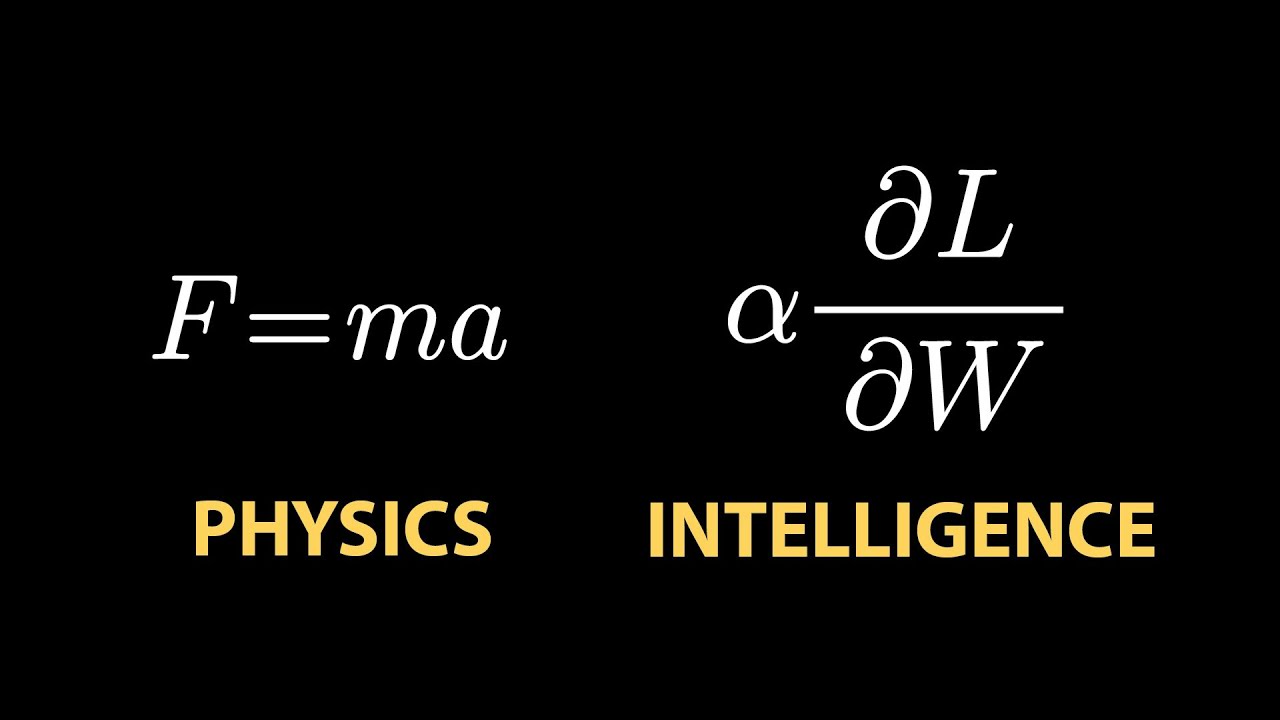The video explains that the progress of artificial intelligence can be understood through the analogy F=ma, where data represents mass, algorithms represent force, and computational power represents acceleration. Together, these factors drive the development and advancement of AI technology.
Certainly! Here’s a five-paragraph summary of “The F=ma of Artificial Intelligence”:
The video draws an analogy between Newton’s second law of motion, F=ma, and the development of artificial intelligence (AI). It suggests that just as force equals mass times acceleration in physics, the progress of AI can be understood through the interplay of three key factors: data (mass), algorithms (force), and computational power (acceleration). This framework helps to clarify how AI systems evolve and improve over time.
The first component, data, is likened to mass in the equation. Large volumes of high-quality data serve as the foundation for training AI models, enabling them to learn patterns and make predictions. The more data available, the more “mass” an AI system has to work with, which directly influences its potential capabilities. The proliferation of data in recent years has been a major driver behind the rapid advancements in AI technology.
Algorithms are compared to the force in the equation, representing the methods and techniques that process data and extract meaningful insights. Innovations in machine learning, deep learning, and neural networks act as the “force” that accelerates AI development. Improvements in algorithms allow AI systems to learn more efficiently and perform complex tasks, pushing the boundaries of what AI can achieve.
Computational power, or hardware, is equated to acceleration in the equation. The availability of powerful GPUs, TPUs, and distributed computing infrastructure enables faster training and deployment of AI models. As computational resources increase, AI systems can process larger datasets and more complex algorithms at higher speeds, leading to more sophisticated and capable AI applications.
In conclusion, the “F=ma” analogy provides a simple yet powerful way to understand the dynamics of AI progress. Just as force, mass, and acceleration determine motion in physics, data, algorithms, and hardware collectively drive the development and capabilities of artificial intelligence. Recognizing this interplay can help us better anticipate future advancements and the factors that will shape the evolution of AI technology.
